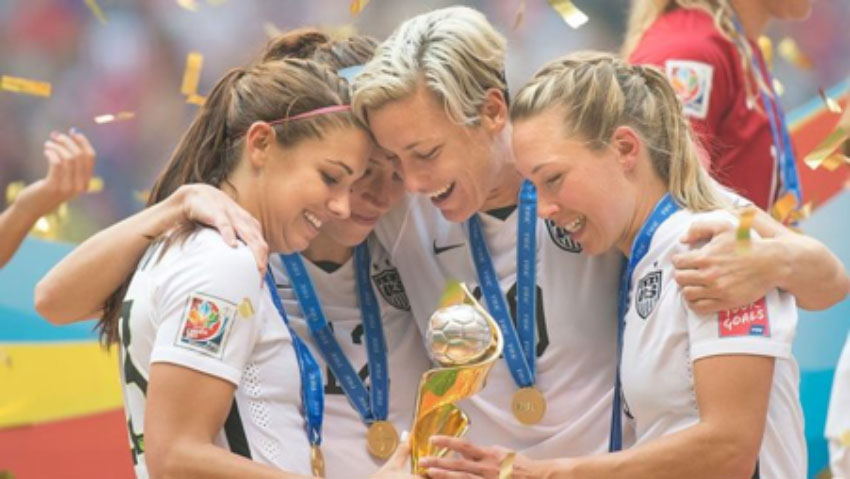This summer’s Women’s World Cup was a showcase of the best female footballers on the planet with twenty-four national teams gathered in France with the United States taking home their fourth world title.
For many football fans, casual or hardcore, it was their first time to truly watch women’s football. What they should have found while watching those matches was an increased interest in the women’s side of the game by many fans around the globe. Fans of women’s football can visit onlinebettingcodes.co.uk follow Europe’s top leagues this season and bet on their favourite teams. Not only have the top nations and players improved on the pitch with their play, but stronger clubs have taken root across Europe.
In England, the country’s biggest football clubs including Liverpool, Manchester United, Manchester City, and Arsenal all have women’s teams playing fully professional football. While the men’s game has long been the focus of these clubs, the interest in women’s football as sparked them to field teams thanks to financial incentives.
How big is women’s football?
A FIFA forecast claimed over 1 billion people around the globe would watch the Women’s World Cup over various platforms this summer. Of course, FIFA’s forecasts and claims shouldn’t and cannot always be believed. Yet, television networks such as the BBC backed much of what FIFA claimed. England’s Women’s Super League will kick off in early August and fans visit Betclicto wager on each game.
The BBC stated over 22 million viewers tuned into the tournament before England had even reached the semi-final stage. That is nearly double the viewing audience in the United Kingdom for the 2015 tournament in Canada. The exposure of women’s football has increased in the UK, but the favorable time zone with France also helped.
Sponsors taking notice of women’s football
While the Women’s World Cup reached new heights this summer, it could be in the domestic leagues that the game really advances. New sponsors have taken notice of women’s football and the interest fans have to the game.
England’s WSL agreed a sponsorship deal with bank Barclays, long the title sponsor of the men’s Premier League, last spring. The deal is the biggest in UK women’s sports history and will see the WSL paid £10 million over the next three seasons. In addition, there will be £500,000 paid out to the league’s teams, which will be divided based on their final league position.
On an individual club basis, Liverpool’s women’s team, previously sponsored by make-up company Avon, has now reached a deal with Standard Charter. The financial services firm has been a sponsor of the men’s team for some time. They will now cover the ladies’ team as well.
It isn’t just England’s WSL that is seeing an increase in sponsorship money. Chinese firm Alipay agreed to support the Chinese women’s national team in July. The deal is worth approximately £116m.
Women’s football is growing with the World Cup being the catalyst. Now, women’s leagues and clubs are benefitting from the trail that has been blazed. With the women’s game growing leaps and bounds, more major brands are set to get onboard.


